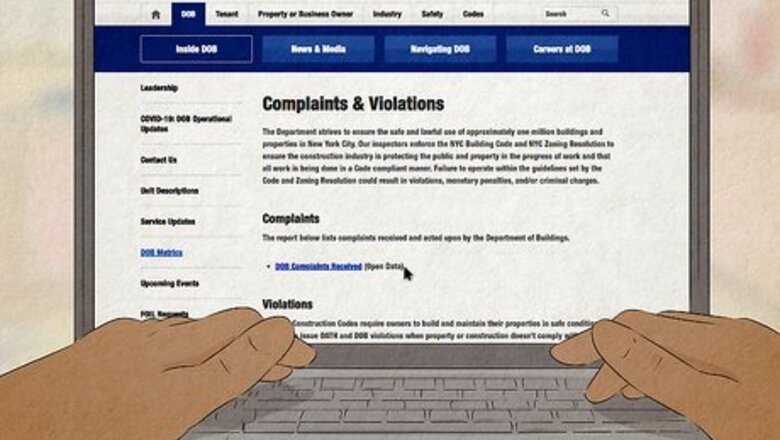
views
- Scan your city or state’s public records website for a search engine and enter your code violation info to see if the complainant is listed.
- Call the code enforcement agency and ask them who called the complaint in. If you’re nice, they’ll often tell you.
- Building and HOA code complaints are anonymous by law in many cities and states, so you may not be able to find out who called.
- It’s also possible that nobody called code enforcement—an inspector might have seen the violation when they were in the area.
Pulling the Code Complaint Records
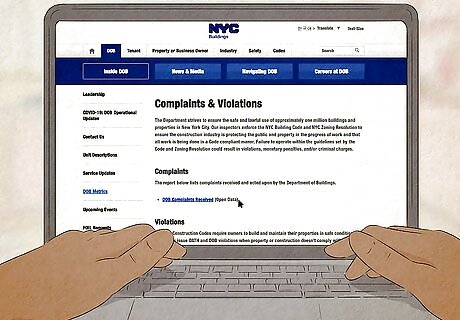
Check your state and city laws to confirm the records are public. Building codes and HOA bylaws are local, and your city, town, or county is responsible for enforcing them. Additionally, your state laws may require that building code reports are public (or private). Search your city and state laws online to determine if you can even pull the records in the first place. For example, here is New York City’s code complaint records. Your city or town may have something similar! Just search “your city’s name + building code reports” and poke around to find it. A large part of this process is going to be hyper-localized. Start by perusing any relevant .gov websites in your search results to see what qualifies as a public record where you live. You received your code violation via a ticket on your door, a piece of mail, or even by email (if you’re registered with an HOA). Read the violation thoroughly to see where you can find more info.

Look up the complaint in your city’s public records. Look online to see if your city has an official online public database for building code complaints. If they do, use the website’s search function to scan the records until you find the complaint you received (many cities allow you to search via the case number on your report). If you’re lucky, the name of the person who reported you will be in that report. If you live in a city or state where the records are public but you have to pull them in person, go to your state’s Public Records Office (or City Clerk’s Office) to submit the request. Note that you won’t find the names of the complainants in the example from NYC. That’s because New York has a state law protecting whistleblowers in code violation cases. That may be the case where you live, unfortunately.
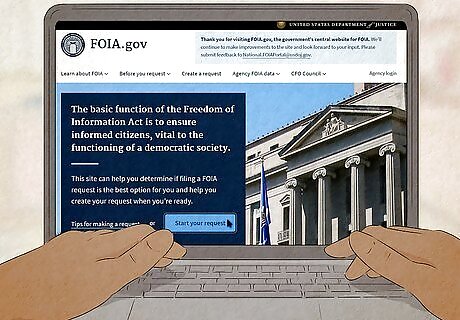
Make a FOIA request if the information is sealed. Search your state’s name and “FOIA form” online to find your state’s Freedom of Information Act Form. You can try calling your local police department to see if they have a copy, as well. Fill the form out and submit it to whatever state agency processes FOIA requests where you live (it’s usually the Licensing and Regulatory Affairs (LARA) Department, but you may need to call city hall, the Secretary of State, or the local police department). Wait for the state agency to process the request and they’ll provide you with everything they’re legally allowed to give you. Every state uses a different format for FOIA requests, so look for a copy linked on one of your state’s .gov website. You may be able to pick the forms up at a local DMV or court depending on where you live. In some states, FOIA requests are processed by whoever is being solicited for information. In other words, if the code violation came from the local police, you’d submit the form to them directly. In other states, FOIA requests are processed by the LARA Department. It will depend on where you live. A FOIA request is basically a legal solicitation for government records. This may not get you the name of whoever called code enforcement if that’s legally protected information in your state, but if it isn’t, you’ll get that info!
Following Clues for Anonymous or Hidden Complaints

Talk to your neighbors to probe for more info. Do you have a good thing going on with a few of your neighbors? Do you and the block captain go back to grade school? Use your local connections to do some investigative work. Be friendly, dig through the rumor mill in a nonconfrontational way, and emphasize that you’re just curious. You might ask a neighbor, “Hey, weirdest thing but I got a ticket for my fence being damaged this week. Any idea who would have even reported that?”
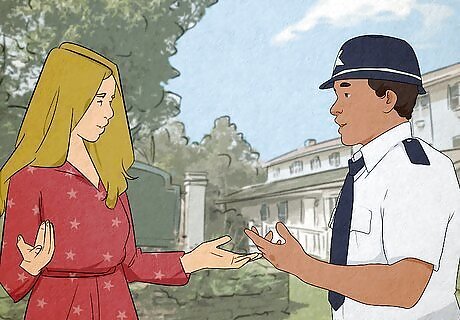
Ask the person who gave you the code violation who notified code enforcement. If you’re handed a ticket, just ask the enforcement agent who notified them. If you’re nice about it, they may just tell you outright. Otherwise, try calling the code enforcement department listed on your ticket or report and ask a customer service rep if they can tell you who called. It’s possible that who called to report you is a matter of public record. If it is, the code enforcement folks might just tell you. Alternatively, they might just tell you who called if they don’t care about letting the info out or if you charm the pants off of them.

Take your neighbors’ behavior into account and make a guess. If Ms. O’Leary from across the street has been complaining about your hedges for a few weeks now and then code enforcement shows up to have a chat about some hedges, you can safely assume you’ve found your culprit. Most neighbors tend to the “live and let live” type when it comes to this stuff, so you may be able to narrow it down just using common sense based on who tends to complain. This isn’t to say that you can 100% determine with absolute certainty that the local curmudgeon is to blame. It could always be some random passerby who doesn’t even live on your block.

Assume nobody called if you see changes in your neighborhood. If there are new parking signs on your street, the city was replacing a sewer line, or there was some other kind of municipal work, a municipal inspector would have had to come out to check the work. If your code violation was obvious from the street, it’s likely that they just spotted your issue and acted alone. In other words, if you see public work or construction nearby, the odds are very high that nobody called code enforcement. That said, if your code violation wasn’t obvious from the street, the odds are very high that someone called it in.
What to Do in Response to a Code Violation
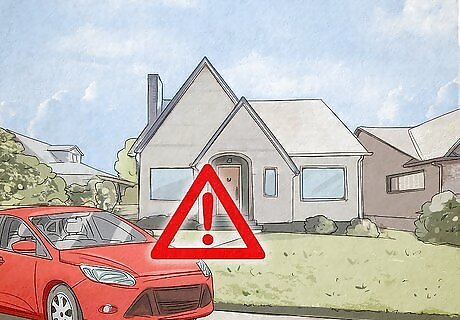
Make whatever repairs you need to make based on the violation. Regardless of who called it in or why, you’ve got to fix the code violation if you want to avoid fines (or worst-case scenario, a condemned order). Contact a licensed contractor who is capable of performing the work you need done and hire them to make the repair. Then, depending on the code violation ticket, you may need to either call the building code department to schedule an inspector walkthrough to confirm the work was done, and/or pay a fine. It varies based on where you live, but the most common code violations include excessive weed growth, trash in front of your home, leaving vehicles on your lawn, graffiti, and a failure to clear sidewalks after snow or ice storms.
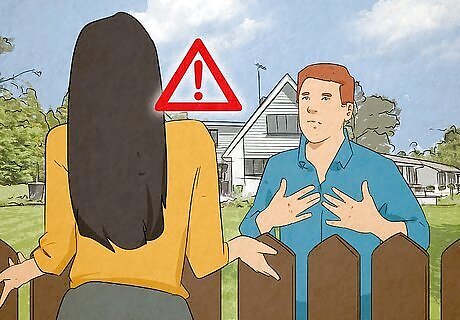
Avoid confronting the neighbor you know (or suspect) of snitching. Just play nice in public and ignore them to the best of your ability. Confronting your neighbor won’t undo the fine from the code violation, and if they’re bold enough to call code enforcement on a neighbor there’s no saying what they’ll do in retaliation if you confront them. It’s especially important to not confront the neighbor if you aren’t 100% positive they’re the one who called. Even if the evidence is good, there’s always a slim chance they’re innocent.














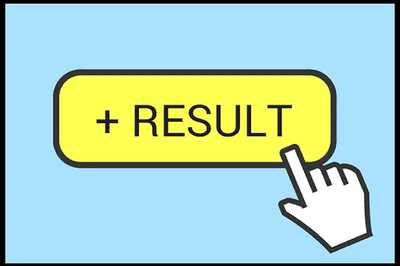





Comments
0 comment